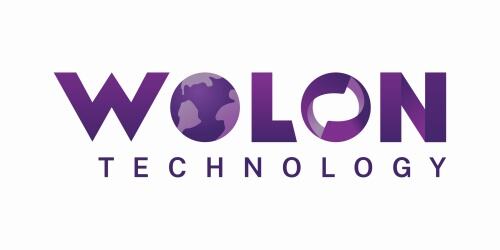In the field of modern networking, fiber patch cords are used to enable high-speed data transmission through fiber optic cables. These cords come in different types which are designed for specific applications and environments while offering unique advantages that cater to various networking requirements.
Types of Fiber Patch Cords:
Single-mode against Multi-mode:
Single-mode: This type is designed for long-distance transmission with a single pathway for light. It is therefore ideal for use in telecom networks and long-haul applications.
Multi-mode: Uses multiple pathways of light to transmit signals over shorter distances within data centers or LAN environments.
Connector Types:
LC (Lucent Connector): This small form factor connector is best suited for installations where space is at premium levels.
SC (Subscriber Connector): Widely regarded as the most reliable connector in many different kinds of networks.
ST (Straight Tip): The robust design makes it suitable for use within industrial settings where durability matters most.
Specialty Fiber Patch Cords:
Armored Fiber Patch Cords: They are made strong by adding extra protective layers against physical damage and rodent attacks.
Bend-Insensitive Fiber Patch Cords: Designed in such a way that signal loss due to tight bends is minimized thus enhancing cable management flexibility.
Benefits of Fiber Patch Cords:
High Bandwidth Capability: Such cords allow fast transfer rates needed by bandwidth-intensive applications like video streaming or cloud computing.
Low Signal Loss: They help maintain signal integrity even over longer distances thereby ensuring reliable data transmission always takes place.
Flexibility and Scalability: Easy installation, management, and upgradability enable accommodation of future network expansion needs as well as changes thereof.
Reliability: Due to their strong build quality and use of high-grade materials, fiber patch cords rarely fail thus reducing downtime caused by such events within networks.
Cost-effectiveness: These cords have a long life span coupled with low maintenance requirements leading to significant cost savings over time.
Conclusion:
Knowledge about different types of fiber patch cords and their benefits is important in selecting components for maximizing performance in a network. Whether it is speeding up data transmission, ensuring reliability, or adapting to specific environmental conditions; the proper choice of fiber patch cord can greatly influence the efficiency and effectiveness of your network infrastructure. Resilient and scalable organization-wide systems that can meet future technological demands are realized through leveraging on strengths offered by various types of fiber patch cords during deployment stages at different points within the enterprise backbone network.

Copyright © 2024 Wuhan Wolon Cloud Network All Rights Reserved. Privacy policy